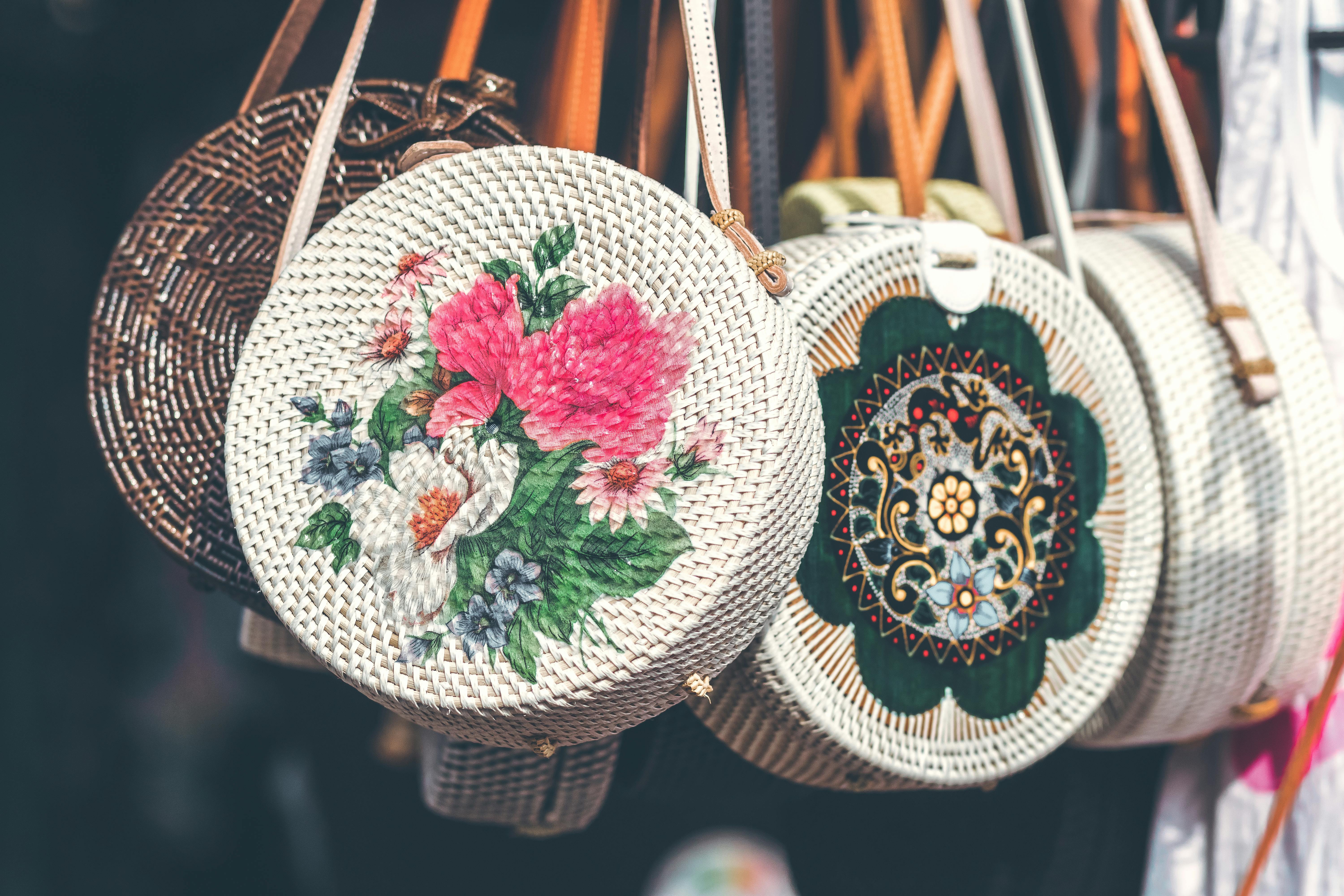Sitar, sarod, tabla, sarangi or dhrupad, khayal, ghazal or raga, tala, gharana, these are known all over the world today. They represent Hindustani art music, actually a part of Indian classical music. The terms Classical Music of North India or Shstriya Sangeet are also occasionally used.
Indian music has developed through very complex interactions between different people of different races and cultures for several thousand years, including the tradition of Vedic chanting dating back to approx. a millennium a. C., the equally ancient Persian tradition of Musiqi-e assil, and also the existing folk traditions that are prevalent in the region.
However, references to music in ancient texts, aesthetic formulations, and written representations and discussions of musical instruments offer clues to the history of Indian music.
Indian classical music allows for a much higher degree of “personalization” of performance. Thus they do not represent the mind of the composer but a universal idea of the world. They do not convey personal but impersonal emotions.
One difference from western classical music is that Indian music is monodic, not polyphonic. Hindustani (north Indian) ragas are assigned to specific times of the day (or night) and to specific seasons. Many ragas share the same scale, and many ragas share the same melodic theme.
For most historical eras and styles, the surviving treatises explaining musical scales and modes provide a particularly important means of recovering at least a hint of the music of past times. Tracing past musical theory makes clear the position of the present musical system.
